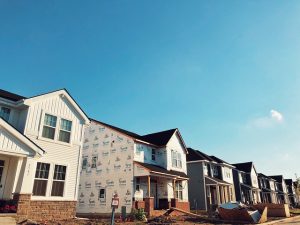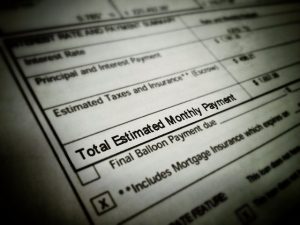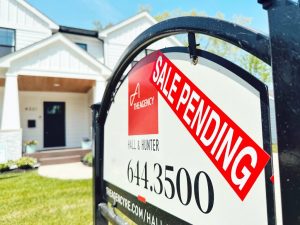Saving enough money to buy a house has always been a challenge. These days, coming up with a substantial down payment can seem almost impossible – especially for first-time buyers who don’t have the benefit of home-sale proceeds to help fund their purchase. Fortunately, though, buyers don’t have to come up with a full 20-percent down payment in order to qualify for a mortgage and purchase a house. Home buyers with lower down payments can still buy with the help of private mortgage insurance. What is PMI? Well, it’s insurance that allows a borrower who can’t put 20 percent down to qualify for a conventional loan by insuring the lender against losses. Typically, the cost of PMI is rolled into a borrowers’ monthly payment and can be removed once the borrower has reached a certain loan-to-value ratio. According to the most recent numbers, PMI helped 800,000 low down-payment buyers qualify for financing last year, with 65 percent of those being first-time home buyers. (source)













